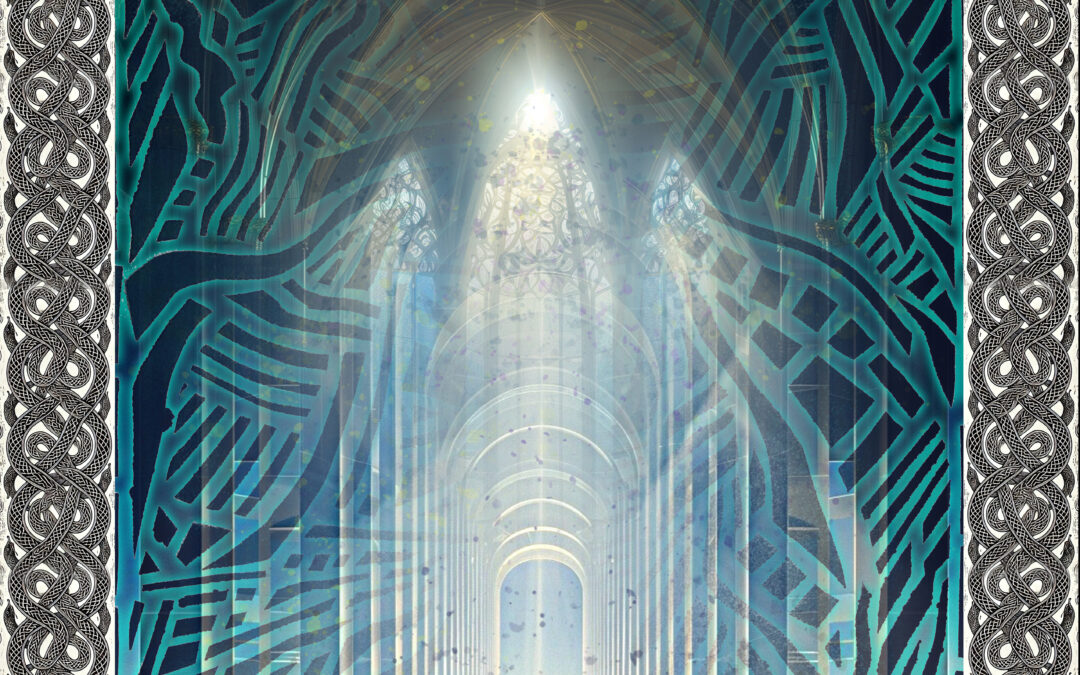“Jesus is the Only Way - Franklin Park Philosopher of Absolutism” Collage, 17” x 22”, 2025.


“Jesus is the Only Way - Franklin Park Philosopher of Absolutism” Collage, 17” x 22”, 2025.

Para Todos


2.Away from the cultural node, there exists the space between. The cultural wake is a spatial memory, breathing the ripples of historical details. The information found in this space can be seen in its dissipation, rising to collect in an unkempt mash, and fading back...